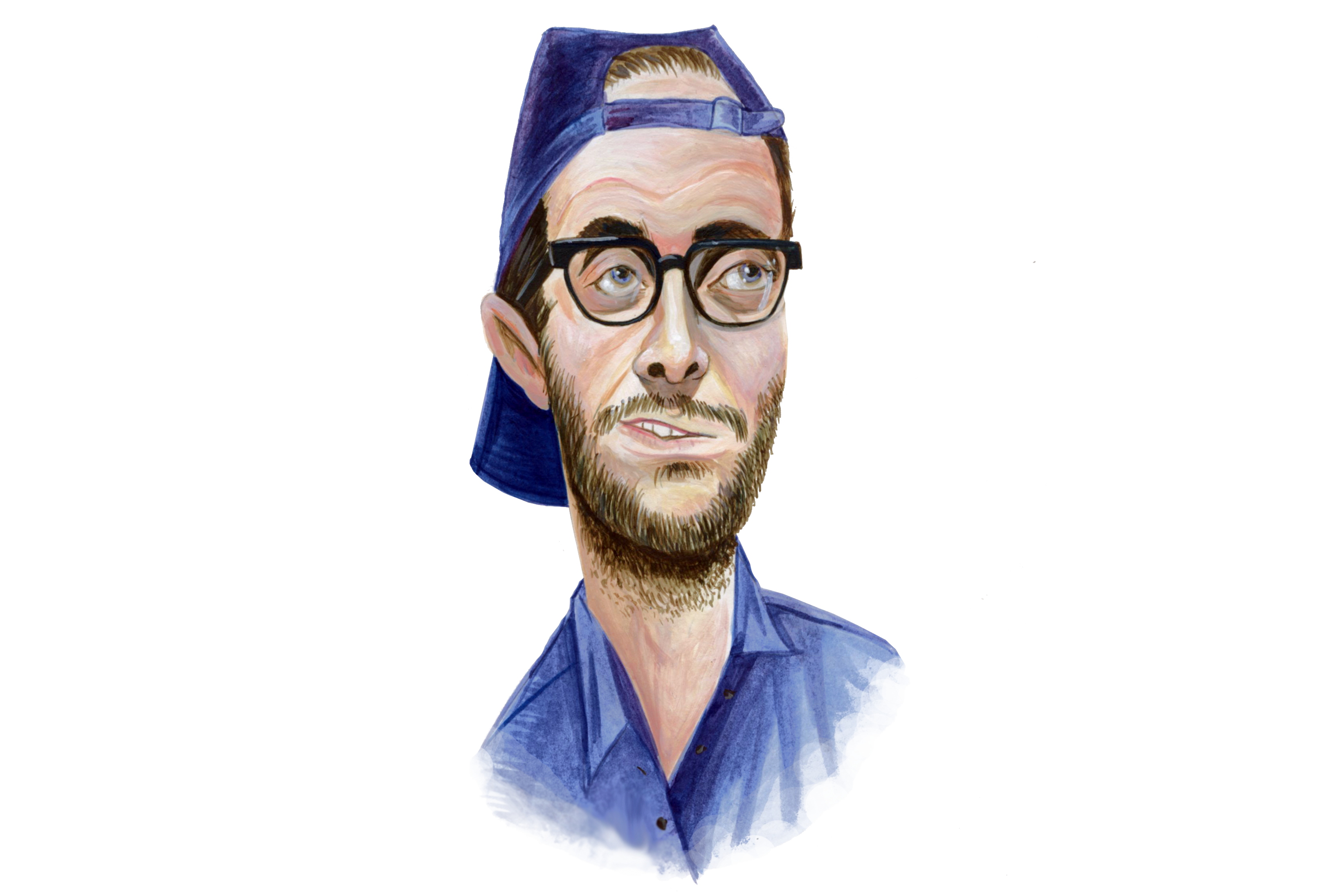
A few weeks ago, the Jenkem crew reached out to me about getting some perspective from professional skaters on the realities of sponsored skateboarding. “We’re always curious to know what it’s really like to maintain sponsors and fulfill all the obligations that pro skating entails,” they said.
It’s not the first time I’ve gotten this request, and the only reason I mention it is to highlight how little transparency there is in this industry. You could blame that on precarious sponsorship agreements, confusion, or simply a lack of interest to talk about things besides just who’s putting out the best footage. “Shut up and skate” is the mantra we so often hear.
I’m not sure if anyone deserves to be a pro skater, and it’s exceedingly difficult to try to quantify the amount of love and work and pain that goes into the project of a skate career. But in an attempt to illuminate some truths about pro skating, I’ll speak to my experience.
My best hope for this is to exist as one possible road map for aspiring professional skaters who have questions or doubts about their own futures, and maybe as a resource to get them through the madness. No doubt there will be countless people out there for whom this piece will not represent their experience in the industry, but hopefully it will be an opportunity to pull the curtain back on things that too often go unsaid.
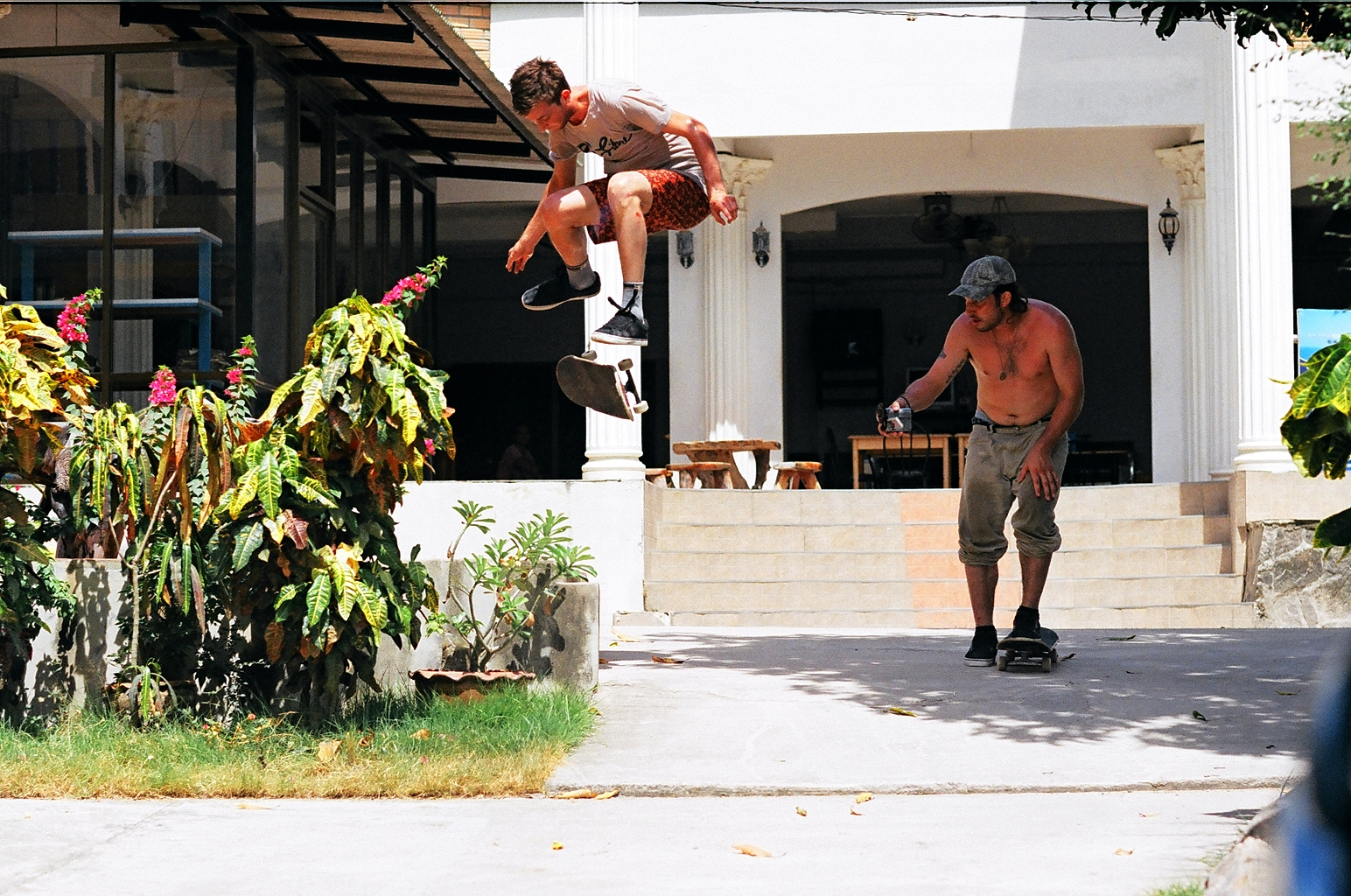
LESSON 1: Keep a good line of communication with your sponsors.
They’re not doing you any favors by sponsoring you; you’re an asset that helps them sell product. If you’re not getting much of a response, trust me, in all but a few rare instances they’re just bogged down with a million emails and phone calls. In most cases, they’ll be stoked to get an update from you and see you taking the initiative.
I’d put myself into the early bloomer archetype. I got sponsored way too early (about 14) after meeting Dan Drehobl and the DLX guys at a skatepark in Arizona. Robert Lim, a close family friend, had wisely tried to discourage me from pushing myself into sponsorship too early, but the allure of free Krooked and Nike SB stuff arriving at my doorstep in middle school proved to be too much.
I filmed parts for local videos and pushed myself really hard, but I was too insecure to ask my sponsors and older skaters what exactly was expected of me. By 18, after a series of miscommunications (long distance calling cards not helping) and fumbles with a departing team manager, I was already feeling the initial stages of burnout. So I packed up and moved to San Francisco to go to college, shelving my aspirations of being a pro skater for the meantime.
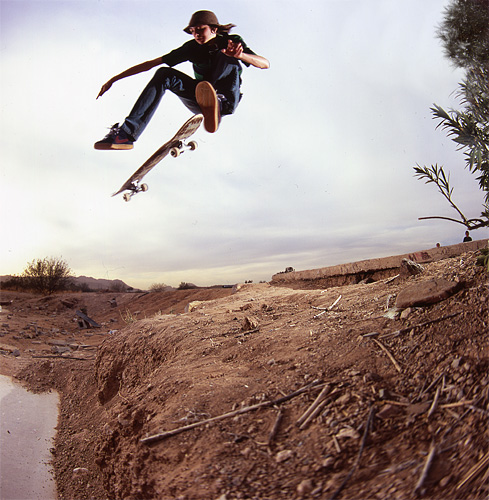
I spent a couple years really trying to refocus my energy, but skating always has a way of showing up as a little stress reliever until it slowly consumes your life. The looming prospect of colossal student loans didn’t help. At 20, I was fully immersed again in skating, giving up school and finally managing my first small paycheck at the then newly reborn iPath. This was my first lesson in compromising.
iPath of the “iPath Promo” era was a gem birthed out of the SF street skating I grew up worshipping, and the recently sold Timberland reboot was, well, not quite the same. The upside was that my friends, Matt Price, Thad Croskey, and others, all worked there and had a lot of control over the future direction of the brand. We traveled extensively and I had a great couple of years living off around $500 a month plus whatever photo incentive I could get in on.*
*Some companies still offer photo incentive (which has now morphed to include parts on big websites, exposure on major IG accounts, and other video incentives that factor in view counts) but in my experience, it’s few and far between unless you’re working with huge brands.
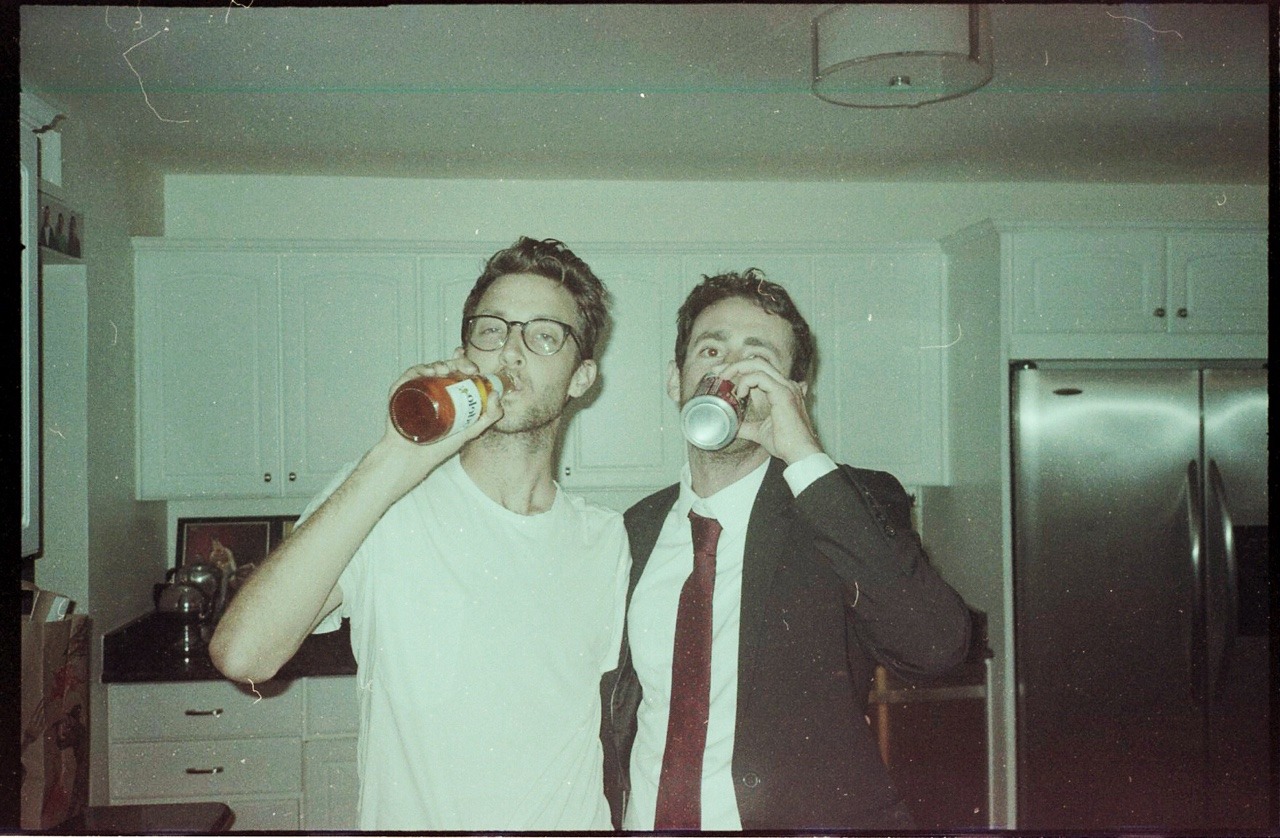
LESSON 2: Focus less on ideal sponsors and prioritize doing shit with your friends.
The arcs of companies are incredibly brief and unpredictable in the grand scheme of things, and the relationships you build with other young and talented skaters is invaluable.
I completely missed the mark on this, personally. Around 2014, the standard model for becoming a successful pro started to shift. “Making It” used to mean riding for established brands (which were often based out of California) and getting on “The Track,” which was more or less the industry pipeline from contests and video parts to company trips and interviews in mags. Local videos, living outside of California, making edits for YouTube, riding for small niche brands that couldn’t afford to advertise – none of this was part of “The Track.”
I eschewed doing stuff that felt right for me, including working on brands and projects with friends, to focus on what the industry expected of me. Not only was this a much more transactional and stressful approach to skating, it was also probably a detriment to my career. Although unthinkable at the time, projects like Atlantic Drift and GX1000 are so influential now precisely because they don’t need to manufacture authenticity the way some brands do. They look like a group of friends skating and traveling together because that’s what they are. No surprise, this approach makes the work of producing content and selling things that much easier.
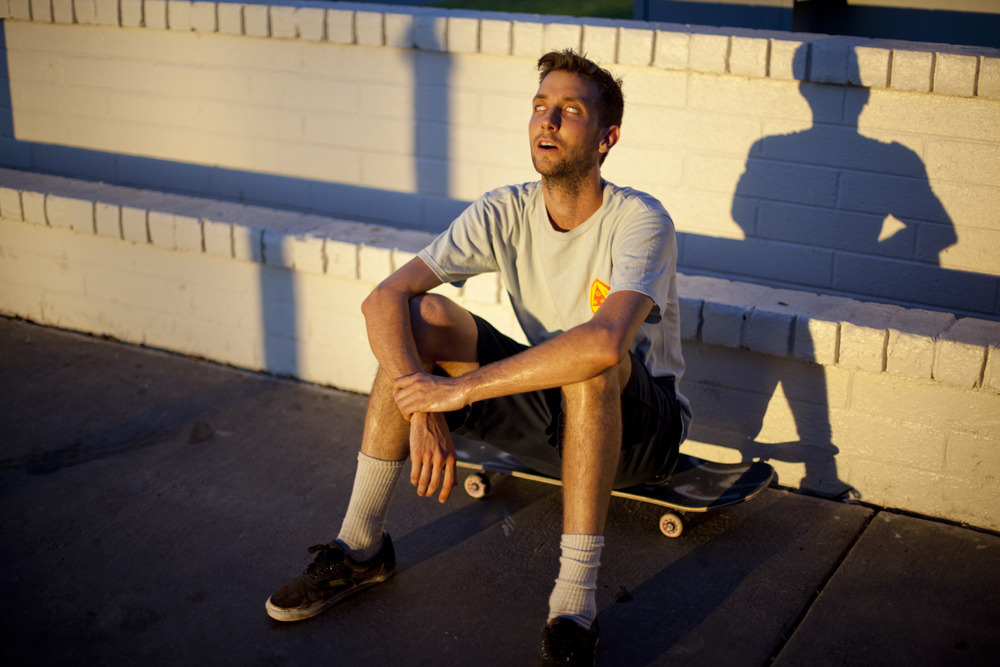
LESSON 3: Be mindful of what feels right for you.
For most, time as a sponsored skateboarder will be a brief and loosely structured stint in your life. Set the groundwork you need outside of skateboarding to manage your mental health and the relationships that will endure long after it.
Sometime in my early 20s, Cairo Foster asked me to ride for Enjoi. At the same time I moved to New York, where I was immediately warned by friends in the industry that would be the death of my career (probably a solid assessment at the time). IPath was sold again to new owners and the handful of us who made it through the budget cuts decided to quit in solidarity. I bounced around shoe sponsors and had tons of friends all over the industry to help me along the way, but I always felt like a bit of an outsider.
One severely understated component of sponsored skating is realizing just how difficult it can be to manage your mental health and home life when you’re traveling frequently, working to contain your own life struggles, and trying to relate to skaters you might not know well and only see one or two times a year.
It’s hard to overstate how unbelievably good some people are at skateboarding and how much that can screw with you.
I can recall more than a handful of trips where I was an anxious wreck due to compounding injuries, mounting pressure to perform at high levels, insecurities about career stability (making just barely enough to live when my friends were finishing school and moving into comfortable jobs outside of skating) and an overall question of belonging. It’s hard to overstate how unbelievably good some people are at skateboarding and how much that can screw with you.
After a shakeup at Enjoi and things with other sponsors not panning out, I found myself back in Arizona (ironically, right around the time New York became the center of the skate world) delivering Chinese food, enrolling in the local community college, and helping get a small community project, Skate After School, off the ground with some friends.
It was a humbling couple of years and honestly, an incredibly cathartic experience to work through the resentment and personal failure I was feeling at the time. It was a really good lesson in understanding the real value of friendships – the people who will answer your call at three in the morning when you feel like everything is falling apart.
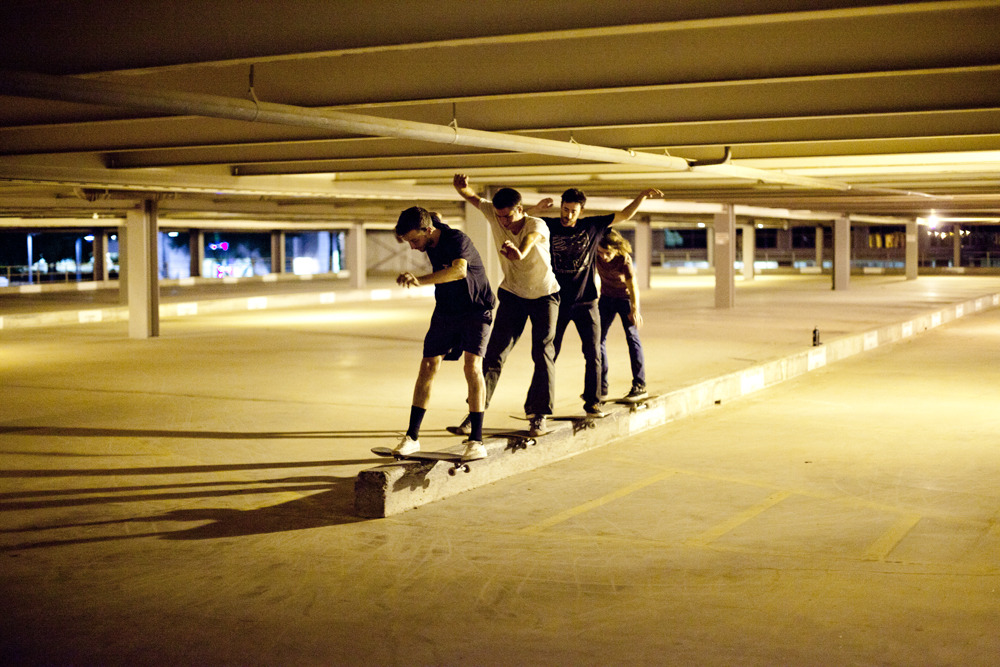
LESSON 4: Brands aren’t your friends (or your enemies).
You may have friends who work there or even run the brands, but positions are fleeting. Really try to internalize this both to understand the value you actually get out of working at companies with friends and to keep a level head when people invariably split, let you go, or you move on. It’s the people who make companies great, not the brands in and of themselves.
Rebuilding my life after a few setbacks, I was finally able to renew my relationship with skating – filming with old friends, skating parking garages into the night, and enjoying the freedom to skate whatever shoes and boards I wanted. I had resigned to whatever came next in life and made a go-with-your-gut decision to ride for Welcome, then still a pretty insignificant brand with a small cult following. But in skateboarding’s unpredictable fashion, the entire shape of the industry soon changed and small brands like Welcome, Polar, and Palace were suddenly catapulted into the mainstream.
The new model these companies brought was a much-needed departure from “The Track,” mostly in that they seemed much more in tune with the value skaters could bring doing their own thing. Part of the allure for me was that I could continue going to college, stay in Arizona, and work on my own projects. It should be noted that even with the hugely important change in support available to skaters living outside of California for essentially the first time ever, the labor relationship between skater and company more or less stayed the same.
The people who work in the warehouse have more protection than the pros.
Because skateboarders are private contractors, meaning we function as our own small businesses who contract our services to sponsors, there are few labor protections and benefits offered. The people who work in the warehouse have more protection than the pros. Of course, the audience skaters amass (especially through social media) and their ability to tarnish a company’s reputation for bad business practices shouldn’t go ignored. It can be a very real type of power if wielded in the right way.
Health insurance in the U.S. is also a huge problem for skateboarders and, in my experience, is rarely compensated for by sponsors. I’ve used a mix of Medicaid, ACA, and domestic partner plans over the years, and it always looms over the decisions I make. In total, I’ve had three surgeries on my left arm, fractured some bones in my right foot, and partially torn my ACL in my left knee as well as my meniscus. Those are just the major expenses and don’t include the common things we all deal with like ankle and wrist sprains, hippers, stitches, and general flesh-meets-pavement injuries.
I’d be lying if I said it didn’t hurt when I step onto my cold cement floor in the morning. I wouldn’t trade it for anything, but it’s a very real thing most skaters have to live with. The future repercussions of this are something you’d be stupid to ignore. Lack of mobility, chronic pain, and arthritis are like little storm clouds brewing on the horizon.
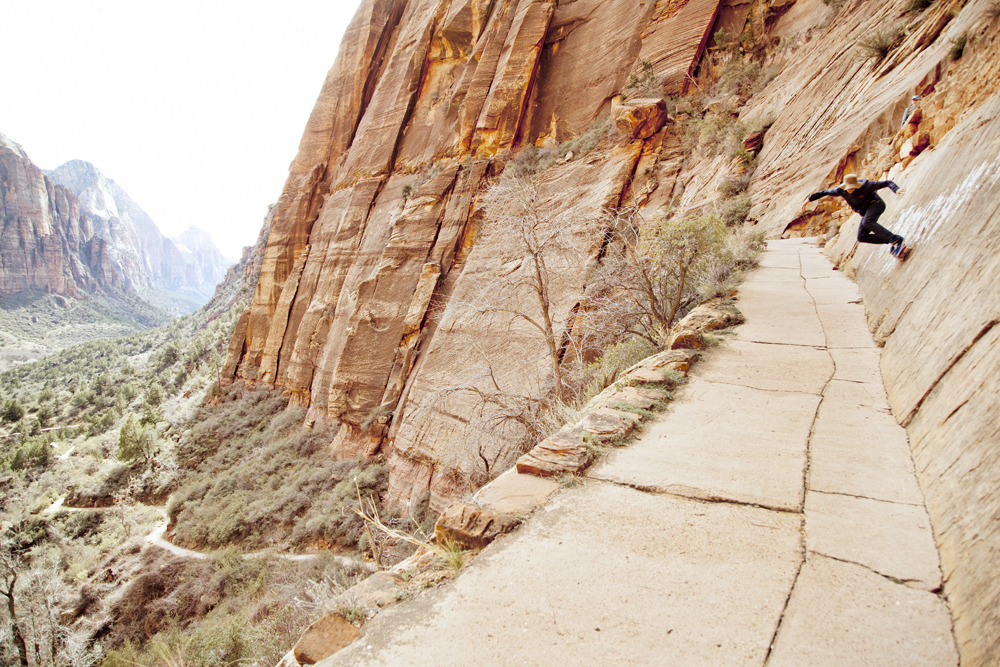
LESSON 5: People underestimate how much of professional skating is luck and timing.
There’s some mixture of marketability and skill at play, and certainly proximity to the power brokers is helpful, but honestly, it’s a crapshoot for most skaters. Skateboarding has and never will be a meritocracy. The best thing you can do to secure your place in it is to build real relationships and work on your own independent projects.
Understand that as you enter this world of sponsorship, skating will no longer operate exclusively as a release for you. People underestimate the severity of commodifying your passions and just how difficult it is to voice any frustrations about this. We’re the lucky ones, the people who “get paid to ride a toy” instead of clocking into a soul-sucking office job.
I rode the rising tide of small brands who persevered and was able to secure what has now been a four-year stint making a living as a pro skateboarder, earning probably something akin to what a school teacher makes and feeling incredibly grateful for that opportunity. Many teammates aren’t afforded even these same privileges, and only a tiny few will ever retire off skating.
There’s two issues really at play here. First, many of the traditional barriers to entry for starting a skate brand (access to cheap marketing, woodshops, technology) have been completely leveled over the past decade, and with that we’ve seen a huge rise in the sheer number of board brands. More board brands has resulted in a much larger number of professional skateboarders out there, but that doesn’t mean every brand makes enough money to pay all their riders well, so many pros often continue with side-jobs and gig work.
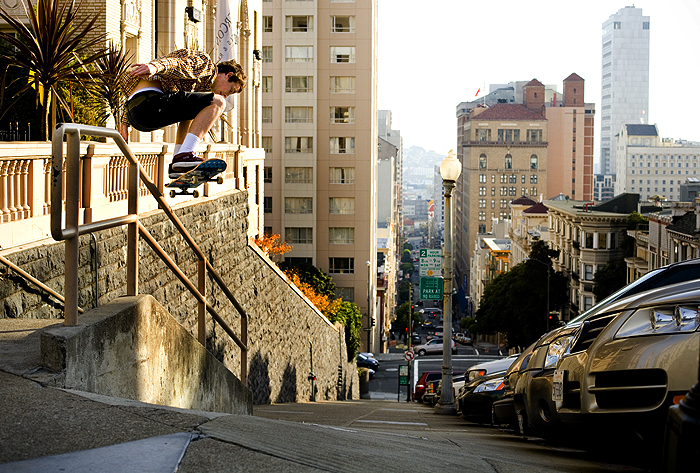
The second thing to take into account is that, in most cases, the ability of a professional skateboarder to actually “Make It” falls into their ability to secure a shoe sponsor (and/or a clothing sponsor). Increasingly, we’re seeing the shoe industry consolidate into what is essentially three or four major shoe brands, with some scraps for everyone else around the edges. An interesting dissertation out there for aspiring economists is to what extent the increase in the overall size of the industry has correlated with the number of pros “Making It.”
“Making It” for a middle-of-the-road pro skater includes many upsides – being more or less able to dictate your own schedule, travel extensively, flesh out creative projects and build an audience for them, but it’s not simply a dream. Most skaters would be lucky to lock in contracts longer than two years, which, as you get older and your cost of living rises, becomes increasingly sketchy. Managing big expenses like a house or a car can feel risky, never mind trying to start a family. Obviously, this is a stress not unique to skateboarding and one that millions of people in the U.S. are feeling.
That being said, contracts are pretty much worthless when companies run into financial troubles (which is not all that uncommon). Getting a lawyer to recoup a few thousand dollars for you from a major company probably wouldn’t yield much. Alternately, I’ve had handshake agreements with companies like Welcome who have more than pulled through for me over the years. Riding for relatively small, family brands has its obvious upsides in that regard.
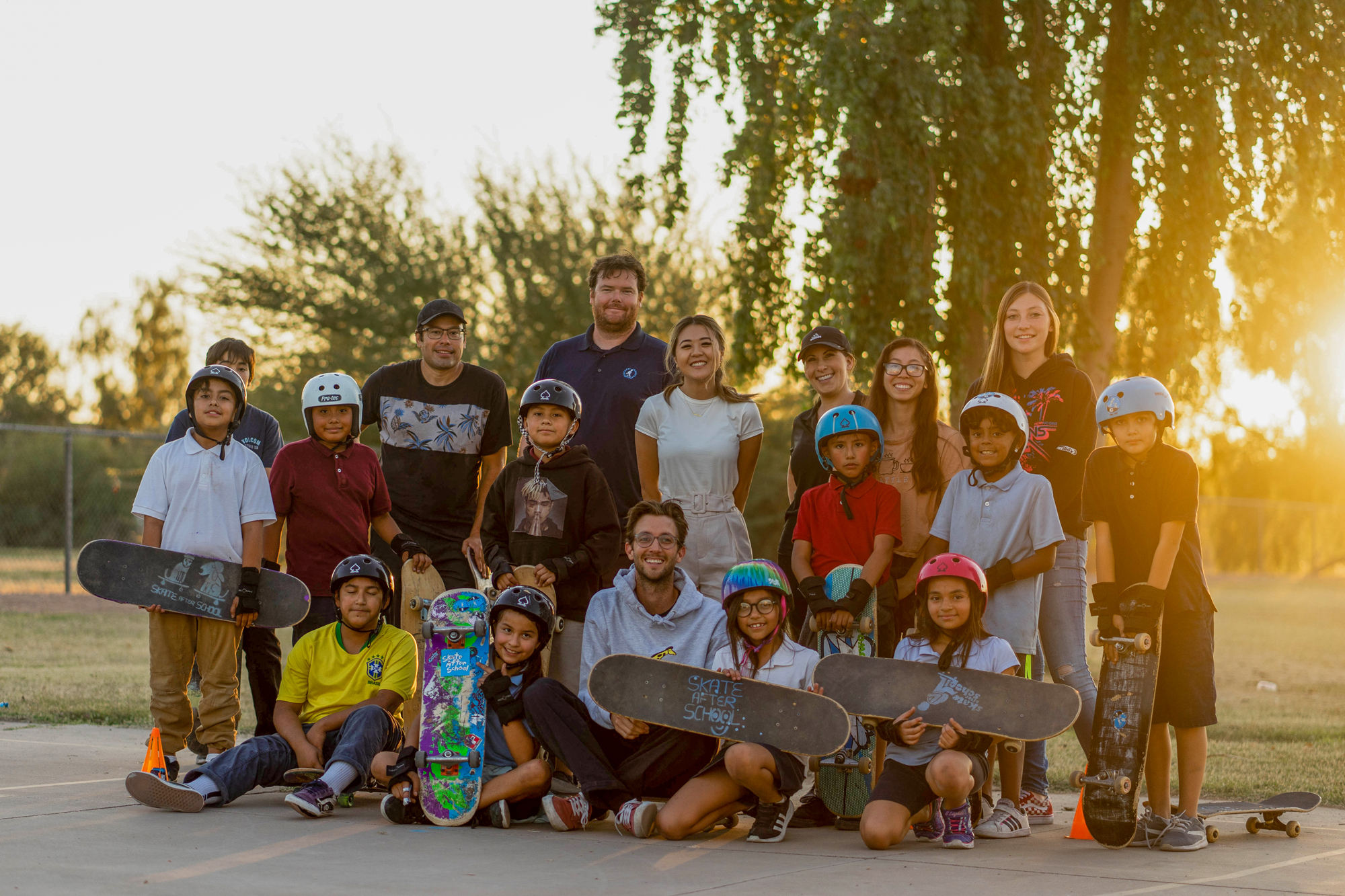
LESSON 6: Pursuing a skate career doesn’t mean forgoing everything else in life.
You’re not going to skate 40 hours a week, so try to go to school or do something constructive with your time. It will make you a more dynamic skater, keep you sane through the volatility and the injuries, and hopefully make your transition out of skating much more graceful.
Skate After School has thankfully grown into a full-fledged nonprofit over the years, and I’ve been fortunate to build alliances with other social skate projects abroad (including Cuba Skate, Skate Like a Girl, SkatePal, Free Movement SB, and Pushing Boarders). These have all helped ascribe new meaning and direction to my relationship with skating
If I could part with one bit of advice, it’s to try to build something meaningful with your brief time as a sponsored skater. Create a line of spice rubs, make clothes, draw stuff, organize people, advocate for projects, make videos that inspire people. Consider your role and impact in the culture – which, speaking from personal experience, can be difficult and stressful to manage in public.
We adorn skateboards with stickers and paint pens and variations in the grip because we want to give things a little bit of personal touch and meaning. Resist homogenization, which, as power and money gets centralized, will be even tougher to do. And lastly, do a whole lot of skating – carve out time for friends and skateparks and the meaningless conversations that happen on a curb after the session is over.
Don’t hesitate to reach out to ask for advice or clarity. My DMs are always open.
Related Posts
Comments
Popular
-
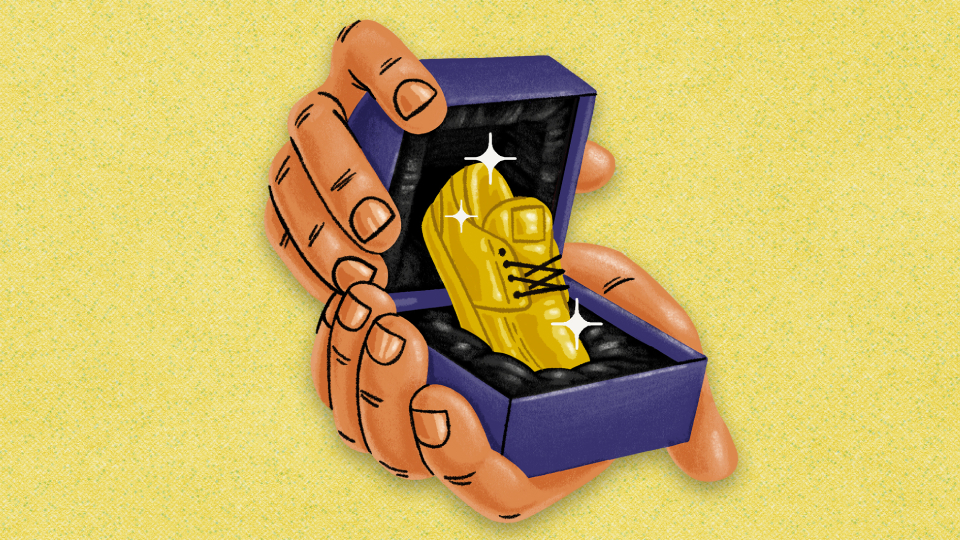 THE RISE AND FALL OF PRO MODEL SKATE SHOES
THE RISE AND FALL OF PRO MODEL SKATE SHOES
While there are still some exceptions, the signature shoe has largely evaporated from the skateboard industry. But, why?
-
 A CHAT WITH LUDVIG HAKANSSON, THE OLDEST SOUL IN SKATEBOARDING
A CHAT WITH LUDVIG HAKANSSON, THE OLDEST SOUL IN SKATEBOARDING
The man loves to read Nietzche, skates in some expensive vintage gear, and paints in his own neoclassical-meets-abstract-expressionist style.
-
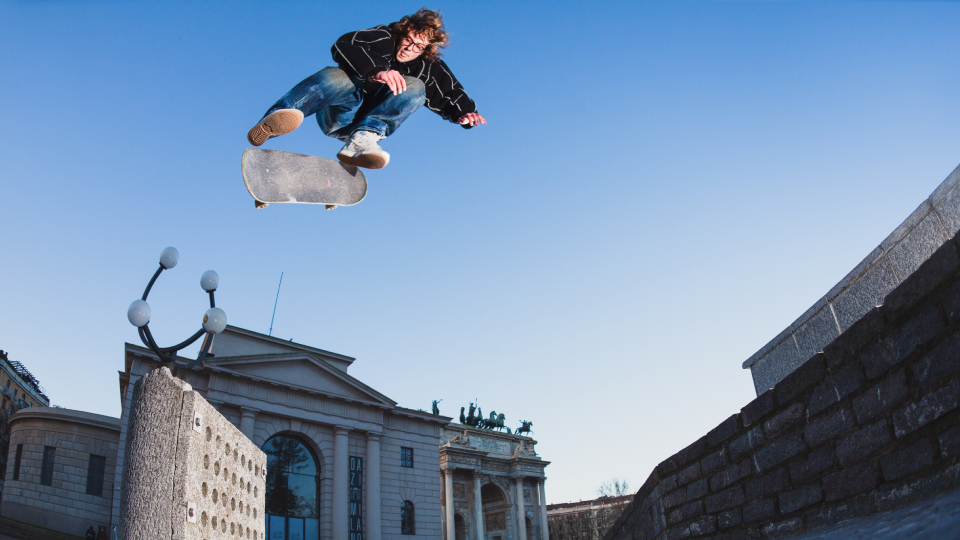 A LOOK THROUGH THE GLASSES OF VINCE PALMER, AKA CHICKEN LITTLE
A LOOK THROUGH THE GLASSES OF VINCE PALMER, AKA CHICKEN LITTLE
Get to know the 18-year-old German repping Baker and Supreme in Milan.
-
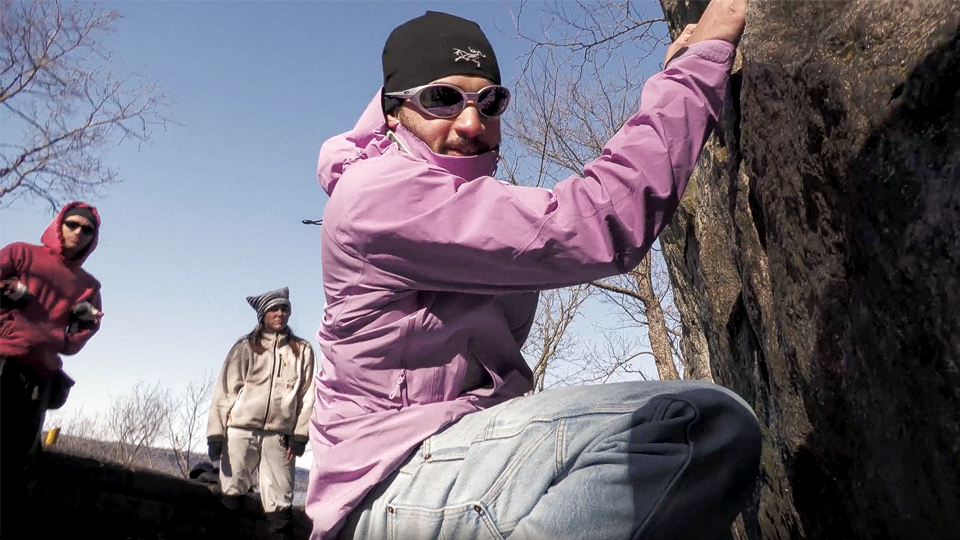 WHO ARE THE SKATERS RESURRECTING ROCK CLIMBING IN UPPER MANHATTAN?
WHO ARE THE SKATERS RESURRECTING ROCK CLIMBING IN UPPER MANHATTAN?
We met up with Joel Popoteur, an employee at Supreme and long-time skater to learn about his outdoor movement.
-
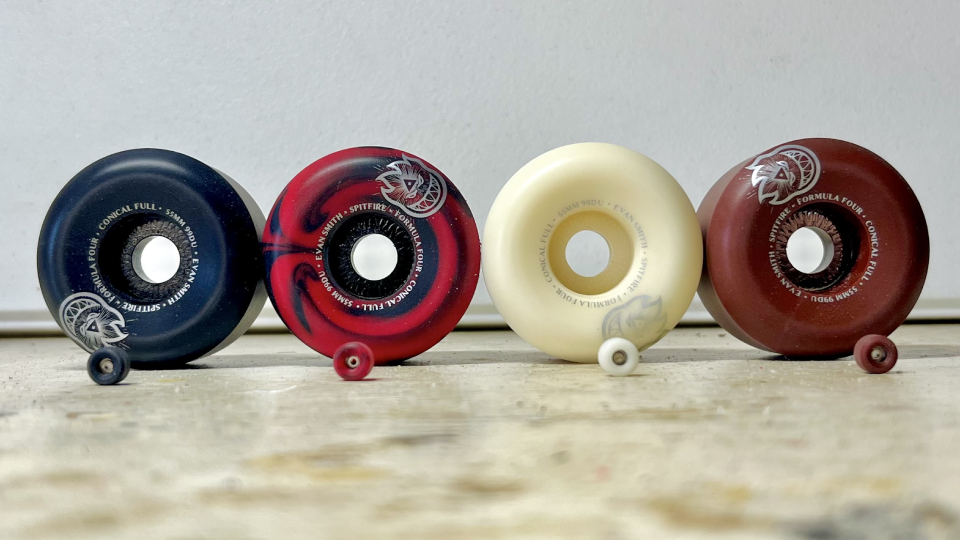 GOT OLD WHEELS? THIS GUY IS MAKING MINI FINGERBOARD REPLICAS WITH THEM
GOT OLD WHEELS? THIS GUY IS MAKING MINI FINGERBOARD REPLICAS WITH THEM
Honey, I Shrunk The Spitfires.

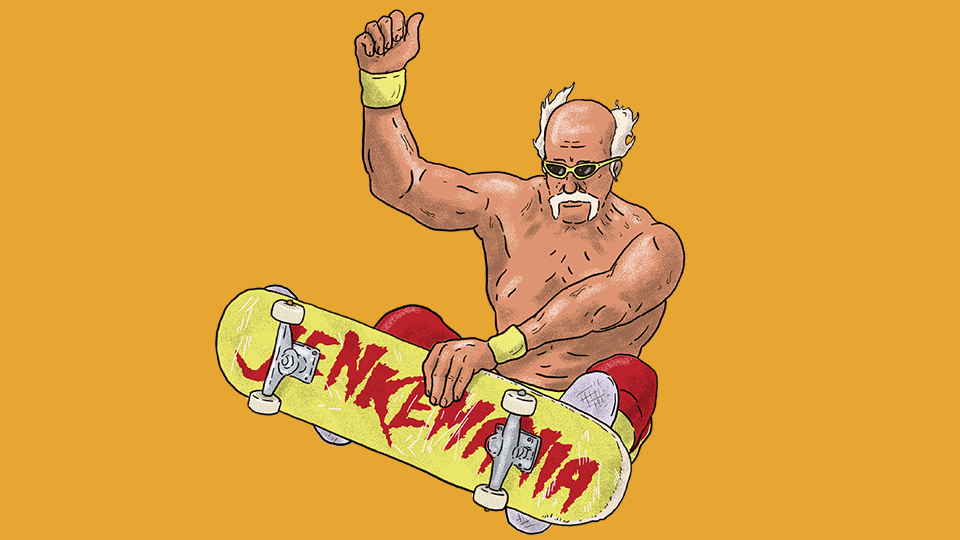
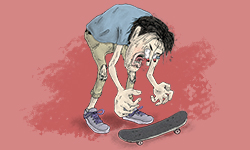
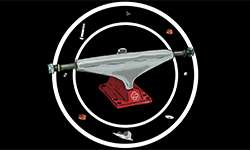
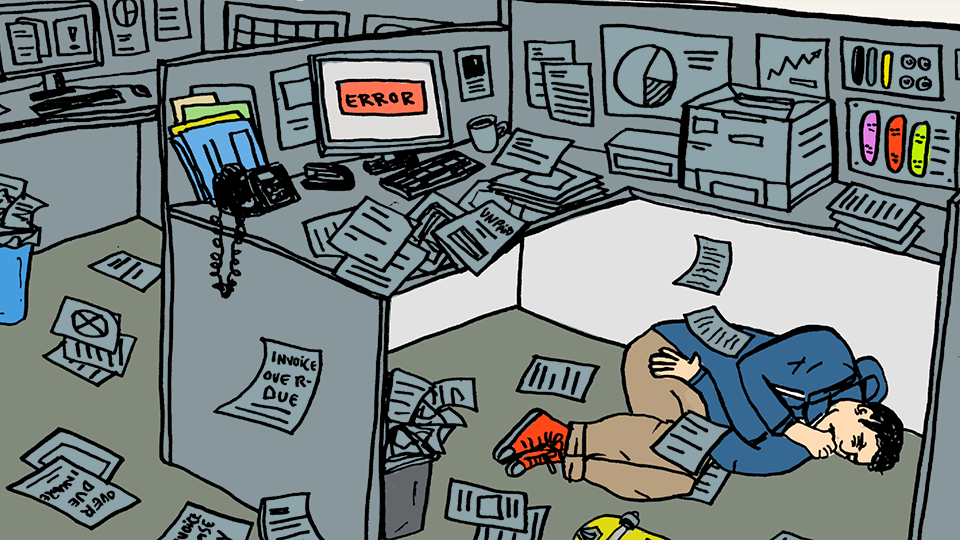

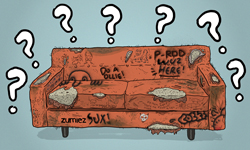
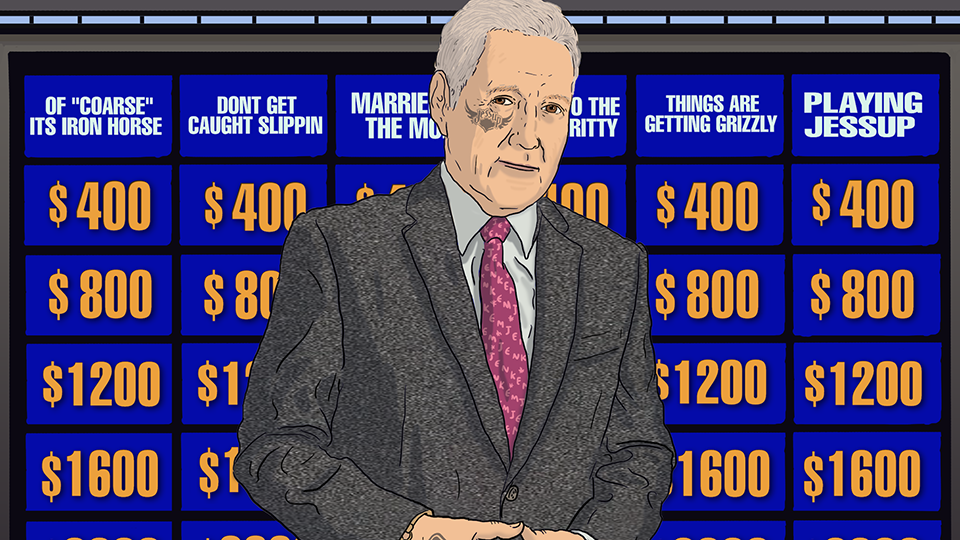

October 24, 2019 1:28 pm
well this is a fucking gem of a piece.
thank you ryan. thank you jenkem.
lots of good insight here from and for any field.
October 24, 2019 1:50 pm
Not only are these photos beautiful, but Ryan absolutely crushes it on and “actually” off the board.
Thank you for this!
October 24, 2019 5:26 pm
It is completely beyond me why anyone would want to be a pro skater. In your mind it sounds amazing, but on paper, it really is getting a raw deal. I also don’t like the fact that dudes like Nyjah are out there rolling around in Audi’s and partying there face off, while some equally talented dude is in some dish pit scrubbing pots and pans, but I guess that’s the way the cookie crumbles in the jungle.
October 24, 2019 5:40 pm
Thing is, nyjah really is the most athletic / best contest skater out there tho
October 25, 2019 3:43 am
Nyjah is so skilled but also got lucky and was the right age when street league kicked off. I’m sure he won over 1.5 million which also boosted his overall coverage and sponsorship worth.
October 25, 2019 6:21 pm
who is as equally talented as Nyjah and not being properly compensated?
April 26, 2022 2:38 am
The recent BATB battles showed the ginormous gap between pros and joes/social media skater. The pros are 100% more consistent. Being a 90s skater I hate the whole social media/corporate direction of skating but you can’t hate on Nyjah’s skill, consistency and the fact that he still jumps down gnarly stuff all the time even though he doesnt have to anymore.
October 24, 2019 7:25 pm
Thank you Ryan. This was extremely well written and I appreciate you sharing your experience with us. May your future transition from sponsorship be graceful!